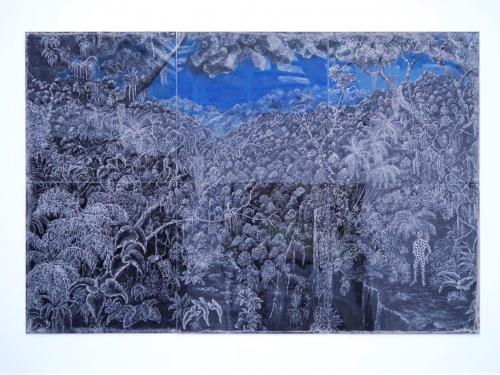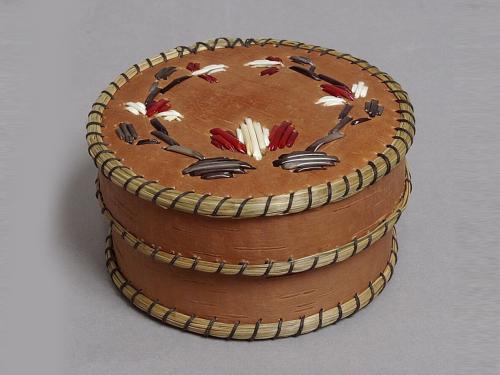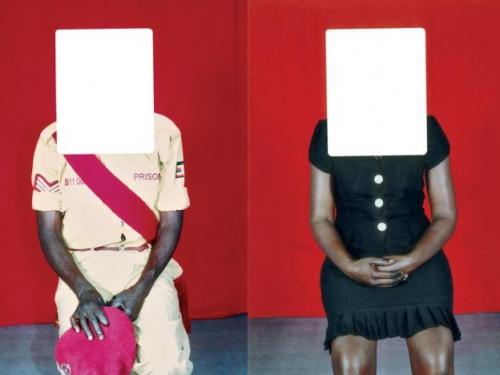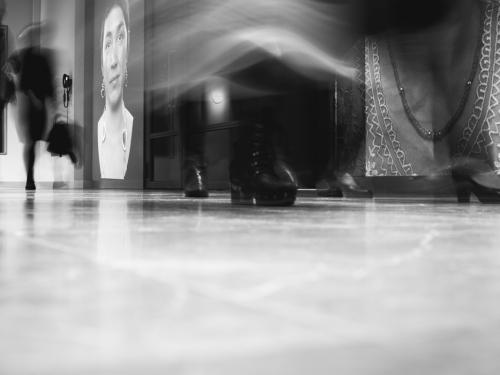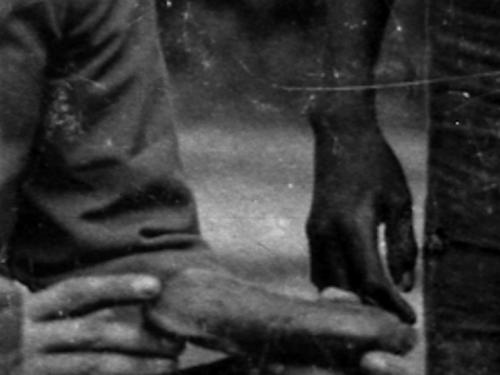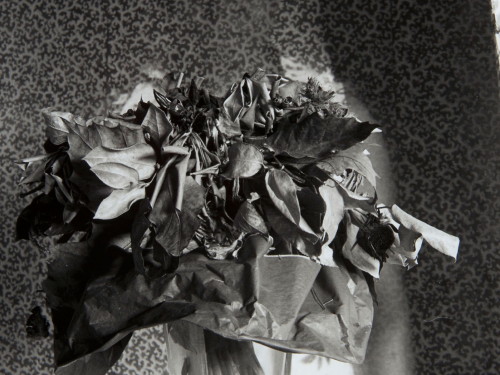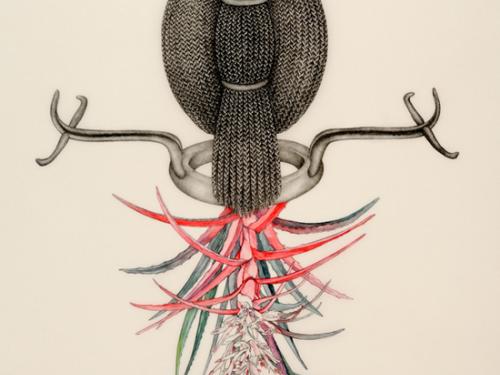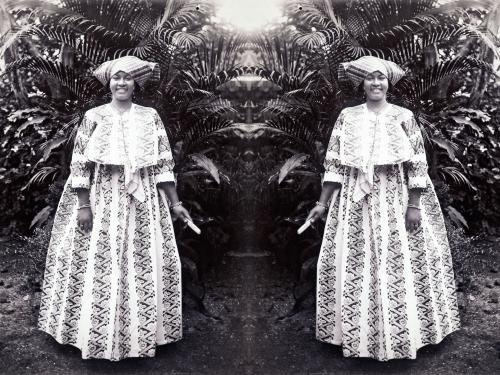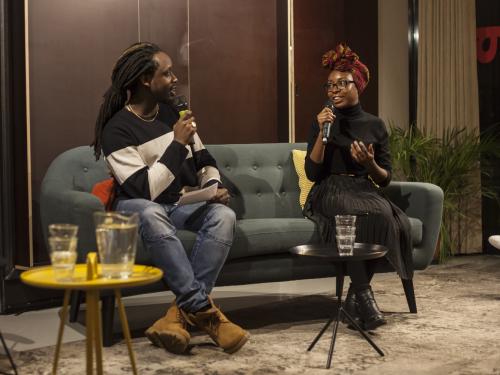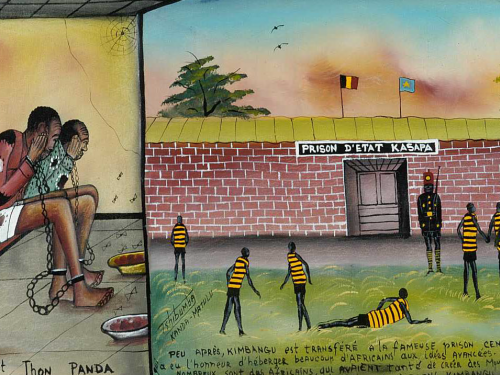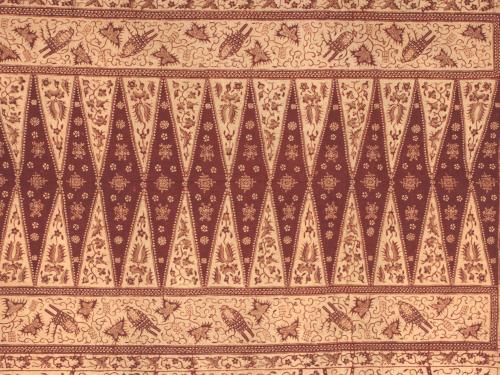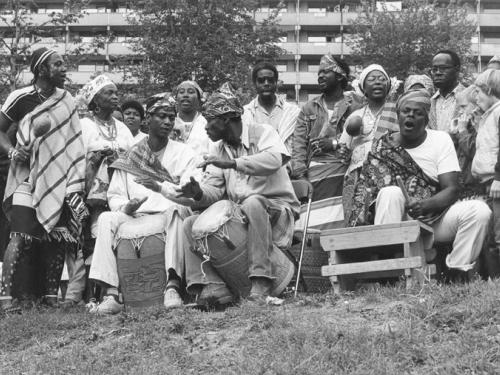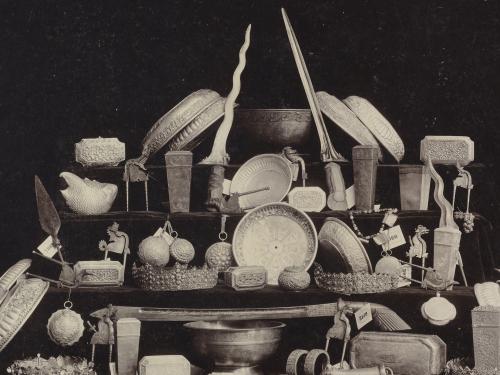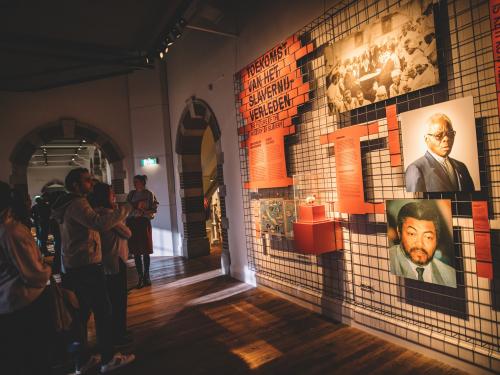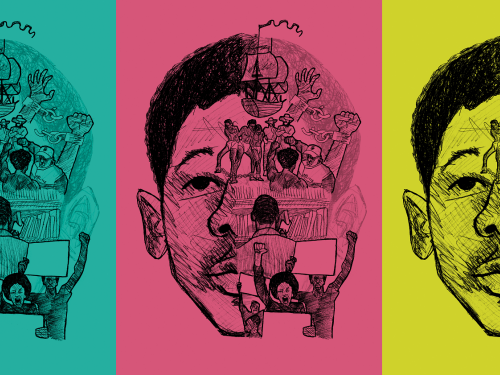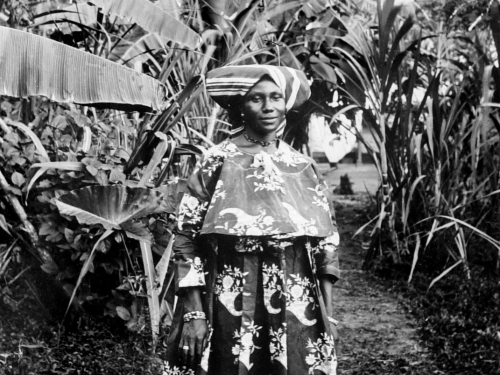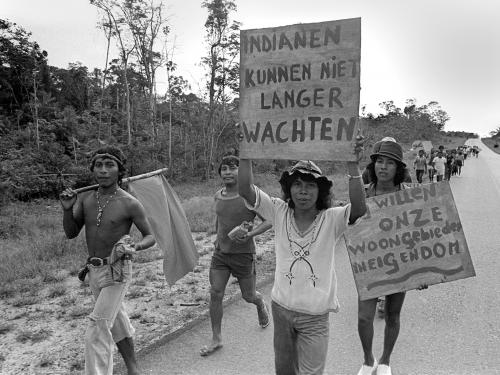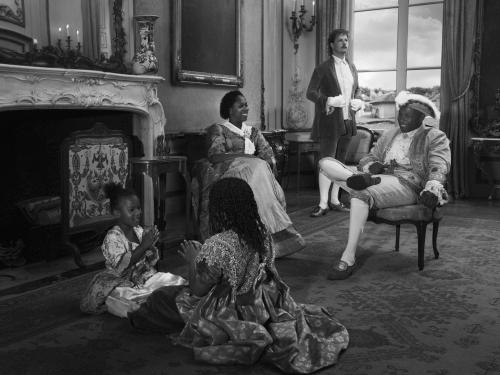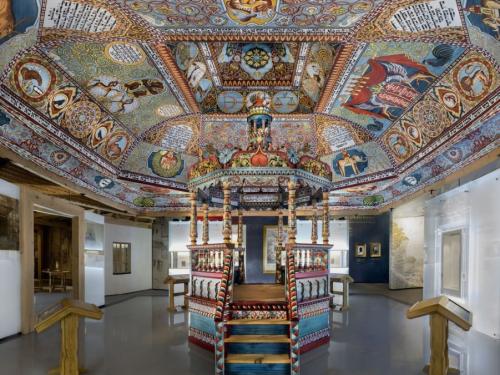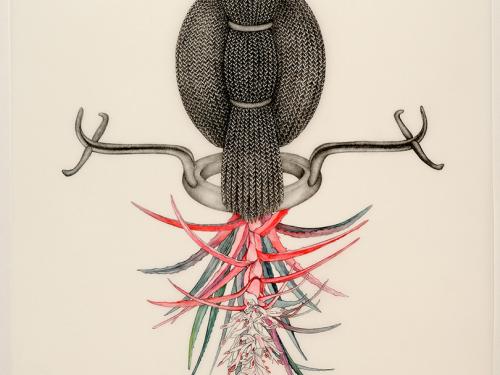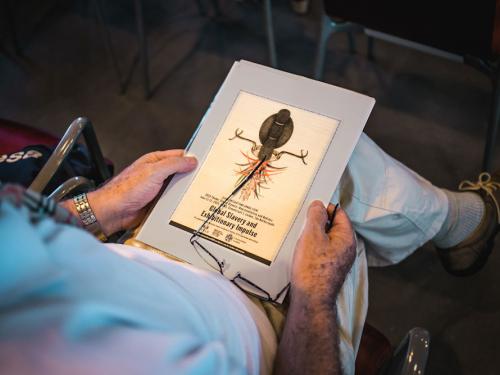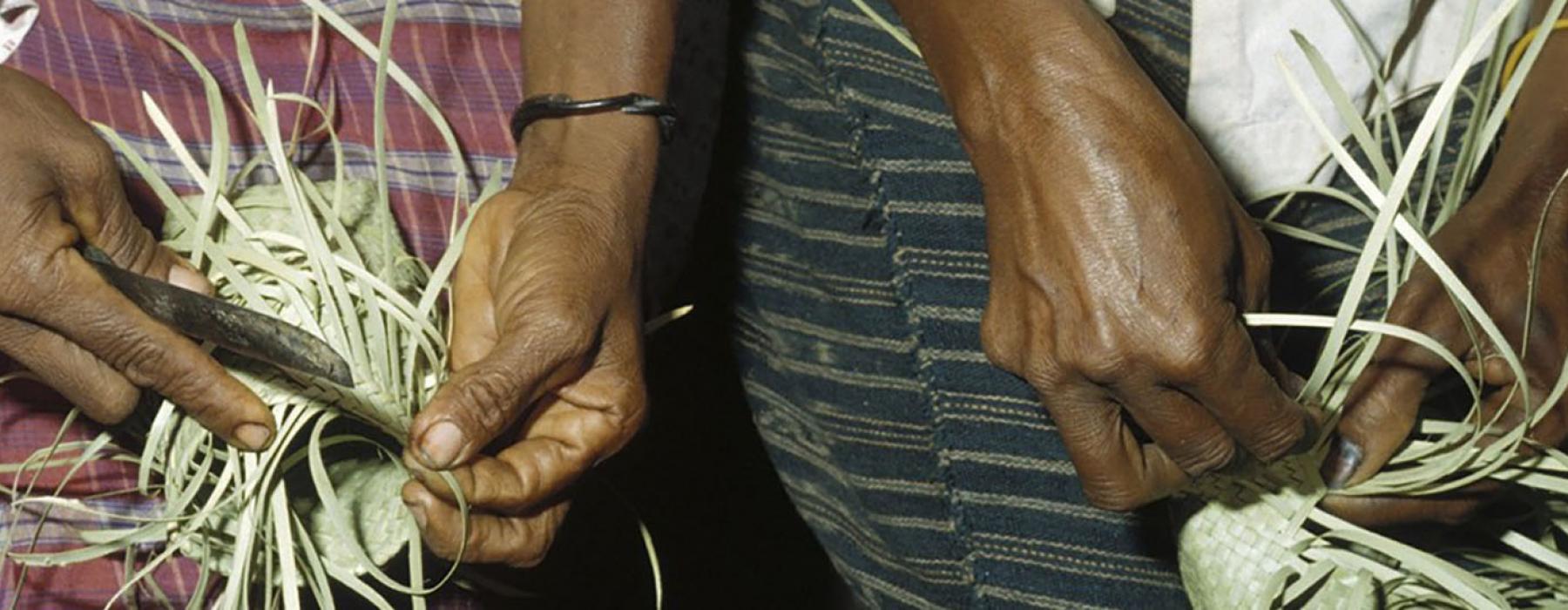
Although a glancing consideration of the Dutch National Museum of World Cultures (NMVW) might prompt one to regard this institution as a museum of ‘other’ cultures, it is unmistakably a museum about Dutch culture and history. Its founding collections were largely assembled through the pursuit of science, trade or religious missions – all inflected with a Dutch colonial ethos - and yet these histories are often relegated to mere footnotes. But institutional histories tell compelling stories, as they track illuminating shifts, relations and disputes in attitudes and agendas. For instance, formerly the Colonial Museum, the Tropenmuseum has changed over time from an institution that functioned as a tool to promote empire (colonial production and trade), through to a space for the display of Dutch development aid, to most recently a cultural museum promoting diversity in a shared and interconnected world. While the museum has actively sought out, considered and often granted various restitution claims, current political mobilizations that see the museum as a painful colonial relic are increasingly demanding more proactive reparative practices. If the museum is to survive, it must change.
To begin with, we might take an uncomfortable, but honest look at this dissonant institutional history, and admit that a paternalistic strain runs throughout all reinventions of this museum. How can we refigure museum work in such a way that does not continue to reproduce the unequal relationships of the past, but rather critically and productively fashions a more just and responsible space of representation, sharing and belonging? Undoubtedly, this project of reimagining and reorienting the museum will provoke discomfort among many. But it is perhaps this feeling of 'discomfort' that we wish to encourage people to become more comfortable with.
While many scholars, activists and artists who identify with groups that have been underserved and misrepresented (or worse) by ethnographic museums as an extension of the colonial project, the idea of repair is an impossible one, since repair inevitably keeps the hegemonic order intact. In the wake of the colonial, the assertion of a new world - an affective labor that refutes and refuses said order - for many, is the only possibility.
However from an institutional perspective, we might also take repair in its barest form as a call for justice. Justice, according to Paul Ricoeur, is that virtue, par excellence, that is turned toward others. We therefore understand the reparative as a mode of sustained commitment to those historically devalued and exploited 'others', to caring for a wound that is in many ways irreparable. Unlike repair, the reparative has no end in sight. Indeed, reparative acts require some ‘tearing down’ (cf. Harney and Moten 2013) – not least the tearing down of structures of exclusion and denial that have sheltered the ethnographic museum project from reckoning with its own complicity in problematic projects of colonialism. It is this taking apart and dismantling of such infrastructures and armaments that are necessary for new, more inspired and unbolted possibilities to emerge.
Text: C. Nakamura
